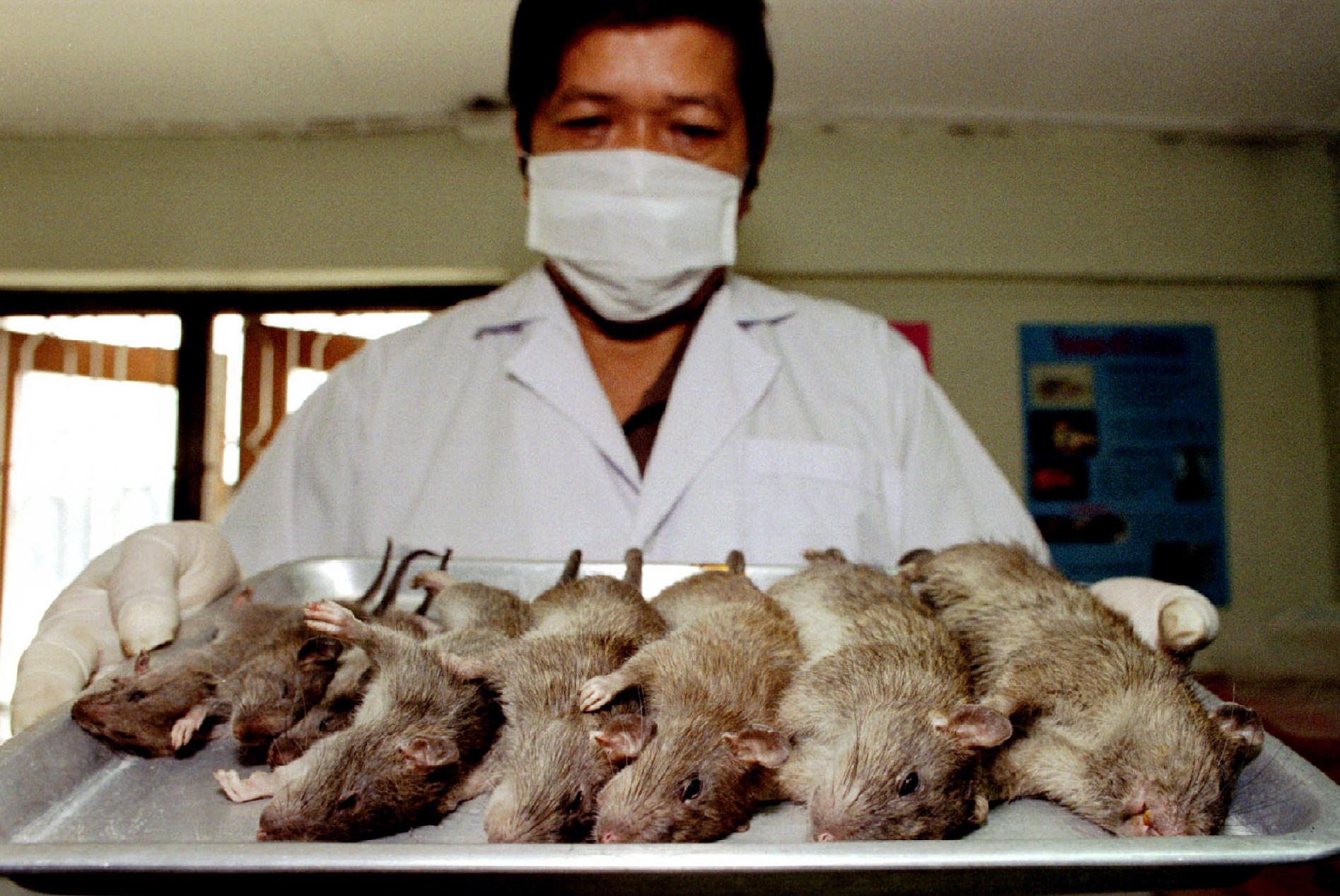Historical Context of Bubonic Plague in the US
/cdn.vox-cdn.com/uploads/chorus_asset/file/679340/WorldPlagueMapWebSmall.0.jpg)
Cases of bubonic plague in the us – The bubonic plague, a deadly disease caused by the bacterium Yersinia pestis, has had a profound impact on the history of the United States. The first recorded outbreak in the US occurred in San Francisco in 1900, and since then, there have been several other outbreaks, including the most recent one in 2015.
The cases of bubonic plague in the US have been a reminder of the importance of public health measures. Like the historic rivalry between Vancouver and Montreal , the battle against bubonic plague is a constant struggle. The ongoing efforts to contain the spread of the disease serve as a testament to the dedication of healthcare workers and the resilience of communities.
The bubonic plague is primarily transmitted through the bite of an infected flea. The fleas become infected by feeding on rodents, which are the primary reservoir of the plague bacterium. When an infected flea bites a human, the bacteria can enter the bloodstream and cause a variety of symptoms, including fever, chills, headache, and swollen lymph nodes. In severe cases, the plague can lead to death.
The bubonic plague was a major public health threat in the US during the early 20th century. In the early 1900s, there were several outbreaks of the plague in San Francisco and other cities on the West Coast. These outbreaks were eventually controlled through a combination of measures, including quarantine, rat control, and the use of antibiotics.
Factors Contributing to the Spread of the Plague in the US
There are several factors that have contributed to the spread of the plague in the US. These factors include:
- The presence of a large rodent population
- The lack of natural predators for rodents
- The movement of people and goods from infected areas
- The lack of public health infrastructure in some areas
The bubonic plague is a serious disease, but it can be prevented and treated. The best way to prevent the plague is to avoid contact with rodents and fleas. If you are bitten by a flea, it is important to see a doctor immediately.
The bubonic plague, once a scourge upon the land, has resurfaced in the United States. Its grim specter reminds us of the fragility of our health, and the importance of vigilance. Like YourRage’s eye injury , which serves as a cautionary tale about the dangers of recklessness, the bubonic plague is a stark reminder of the consequences of complacency.
As we grapple with the resurgence of this ancient disease, let us not forget the lessons of the past, and strive to protect ourselves and our communities from its deadly embrace.
Current Cases of Bubonic Plague in the US
/cdn.vox-cdn.com/uploads/chorus_image/image/47118262/shutterstock_237231865.0.0.jpg)
The bubonic plague is a bacterial infection that is transmitted to humans through the bite of an infected flea. The plague is a serious disease that can be fatal if not treated promptly. In the United States, the plague is most commonly found in the western states, particularly in rural areas.
According to the Centers for Disease Control and Prevention (CDC), there were 10 cases of bubonic plague reported in the United States in 2020. These cases were reported in the states of Arizona, Colorado, Idaho, Montana, New Mexico, and Utah. The majority of cases occurred in people who had been exposed to infected rodents or fleas.
Tracking and Monitoring the Spread of the Plague, Cases of bubonic plague in the us
The CDC uses a variety of methods to track and monitor the spread of the plague in the United States. These methods include:
- Surveillance of human cases of the plague
- Surveillance of rodent populations for the presence of the plague bacteria
- Surveillance of flea populations for the presence of the plague bacteria
The CDC also works with state and local health departments to implement measures to prevent and control the spread of the plague. These measures include:
- Educating the public about the plague and how to prevent it
- Controlling rodent populations
- Treating infected people and animals
Prevention and Treatment of Bubonic Plague in the US

In the United States, several measures are taken to prevent the spread of bubonic plague. These include surveillance and monitoring of rodent populations, flea control, and public education campaigns.
Treatment options for bubonic plague include antibiotics, such as streptomycin and gentamicin, which are effective in killing the bacteria that cause the disease. In severe cases, surgery may be necessary to drain abscesses or remove infected tissue.
Effectiveness of Prevention and Treatment Methods
The prevention and treatment methods for bubonic plague in the US are generally effective in controlling the spread of the disease. However, it is important to note that the plague is still present in the US, and cases do occur each year. Therefore, it is important to be aware of the symptoms of the plague and to seek medical attention if you think you may have been exposed to the disease.